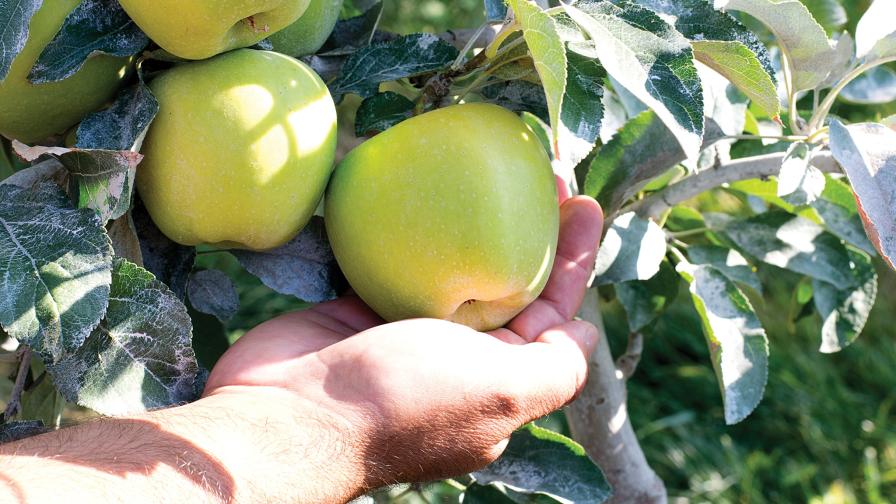Do You Know What’s In Your Soil’s Nutrient Savings Account?
Fertilization programs have historically been simplistic, focusing primarily on N-P-K, with calcium for acidic soils. It’s all applied before or at the beginning of the season with most of them running out just when the crop starts to really need them. Then later-on during the season, typically nitrogen is applied to boost crop growth and yields. With research on soil testing having begun in the early 1800s, the concept is hardly new. Yet many still consider the costs and trouble to be unnecessary.
Now, with the gyrating costs of fertilizers and consciousness of pollution of waterways and other environmental factors, you may be compelled to achieve maximum efficiency from fertilizer and to minimize waste, especially into the environment. Soil tests are the obvious way to start growing smart.
We spoke with one of the top plant sap, soil, and irrigation water quality consulting experts in the country, Noel Garcia, Certified Crop Adviser (CCA), Senior Consultant and COO of TPS Lab in Edinburg, TX, to better understand when to test and what tests are most appropriate.
Why Try Soil Testing?
Garcia describes a soil test as an audit of your nutrients savings account.
“You’d be surprised how many nutrient ‘hidden assets’ your soil can have, often in abundance, but that are unavailable to the plant because they are ‘locked-up’ as insoluble compounds. At least some can be fairly quickly released with proper treatment and biology,“ he says.
You may have more nitrogen in your soil than you think, for one. That allows you to reduce the amount applied.
“Also, you may find you have needed nutrients that traditional N-P-K applications cannot unlock or make them available to your crops. In fact, those applications may actually only add to the unavailable reserves,” Garcia says.
Tests can also reveal your baseline soil health. A healthy soil can biologically unlock at least some of those nutrients for your crops.
For more, continue reading the full article featured as part of our special Global Insight Series report on Soil Health. In addition, check out the previous reports in Meister’s Global Insight Series covering a range of topics from Biological Crop Protection to Irrigation Innovations to Agricultural Technology.









